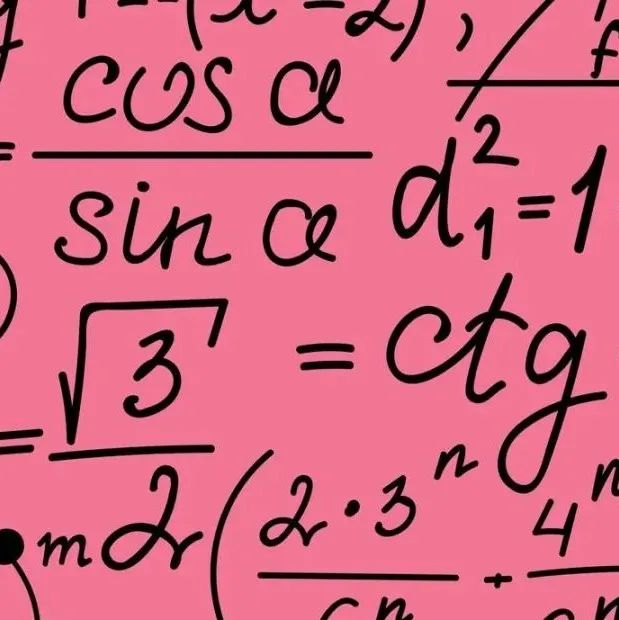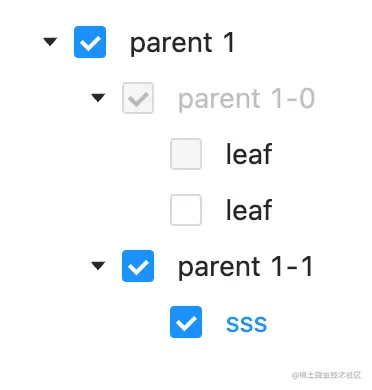这一行代码做什么`++arr[1+r.nextInt(6)];
这一行代码做什么`++arr[1+r.nextInt(6)];
提问于 2016-02-25 04:23:30
我想知道,由于我正在学习Java从教程,有一个程序,滚动骰子1000次,并打印其频率。
import java.util.Random;
public class RollDicewitharray {
public static void main(String[] args) {
Random r=new Random();
int arr[]= new int[7];
System.out.println("diceNo.\tFrequency");
for (int roll = 1; roll < 1000; roll++) {
++arr[1+r.nextInt(6)]; /* this line */
}
for (int i = 1; i < arr.length; i++) {
System.out.println(i+"\t"+arr[i]);
}
}回答 5
Stack Overflow用户
回答已采纳
发布于 2016-02-25 04:25:58
r.nextInt(6)生成一个介于0到5之间的随机整数,在它中添加1会给你在1到6之间的随机掷骰子。
arr数组用于计数每个骰子卷发生的次数,因此++arr[1+r.nextInt(6)]会增加当前卷的计数。
当第一个循环完成时,arr[1]保存1s的数目,arr[2]保持2s的数目,依此类推。
Stack Overflow用户
发布于 2016-02-25 04:30:50
总之,这个程序模拟滚动一个六边骰子1000次,并记录每个数字滚动的事件。
public static void main(String[] args) {
Random r=new Random();
int arr[]= new int[7]; //Craete an array with 7 int elements
System.out.println("diceNo.\tFrequency");
for(int roll=1;roll<1000;roll++){ //Loop 1000 times
++arr[1+r.nextInt(6)]; //Randomly pick arr[1] to
} //arr[6] and plus one to it
for(int i=1;i<arr.length;i++){
System.out.println(i+"\t"+arr[i]); //Print occurrence of 1-6
}
}破解以下代码:
++arr[1+r.nextInt(6)]; //r.nextInt(6) will be evaluated first:r.nextInt(6)返回(0-5)的随机值,因此您有:
++arr[1+(random 0 to 5)]; //+1 will be evaluated next:因此,您正在生成1-6的随机值。接下来,将1添加到数组中:
++arr[random 1 to 6]; //+1 to arr[1] or arr[2] or arr[3] or arr[4] or arr[5] or arr[6]现在可以解释为:
arr[1] +=1; //or
arr[2] +=1; //or
arr[3] +=1; //or
arr[4] +=1; //or
arr[5] +=1; //or
arr[6] +=1;因此,在运行程序之后,如果您的数组如下所示:
[0] [1] [2] [3] [4] [5] [6] Array index
+---+---+---+---+---+---+---+
| 0 |175|170|165|170|165|175| <-- arr
+---+---+---+---+---+---+---+
It means 1 was rolled 175 times,
2 was rolled 170 times,
3 was rolled 165 times,
and so on..Stack Overflow用户
发布于 2016-02-25 04:26:06
1 + r.nextInt(6)绘制一个从1到6的随机数。
++arr[1 + r.nextInt(6)];增加数组arr的元素。
因此,建立了骰子的频率分布。不使用数组的第零元素。这就是为什么它被设置为7个元素。也许是浪费?你来告诉我。
页面原文内容由Stack Overflow提供。腾讯云小微IT领域专用引擎提供翻译支持
原文链接:
https://stackoverflow.com/questions/35627203
复制相似问题








![[C#] 用委托表示回调](https://ask.qcloudimg.com/http-save/yehe-8197675/426a3eb7690906241287d8135243f006.png)




